There's more than one way to discover a new species
Papers published this year demonstrate the different paths to recognition
Villu Soon, Natural History Museum, University of Tartu
Every once in a while, there's news that a new species has been discovered. But how exactly do scientists find new species, previously unknown to science?
A standard way of finding new species is to simply go on a trip to a place suspected to have undescribed species. That's it, just go and look around.
This was exactly what a team of scientists did that led to the discovery of a lichen that shines when exposed to polarized light. A collaboration between Finnish and Kenyan scientists collected lichens in the Taita Hills in Kenya. The Taita Hills are a biodiversity hot spot, but despite that, the authors realized that there were no records of a very common type of lichens in the area. So they decided to go and investigate what was growing there.
Just by looking, they found four undescribed lichen species. One of them was dotted with tiny crystals. These crystals reflect light, so under the microscope, the new species looked like it had a belt of shining lights — a microscopic Milky Way's arm. The species was aptly named Micarea stellaris ("stellaris" means star in Latin).
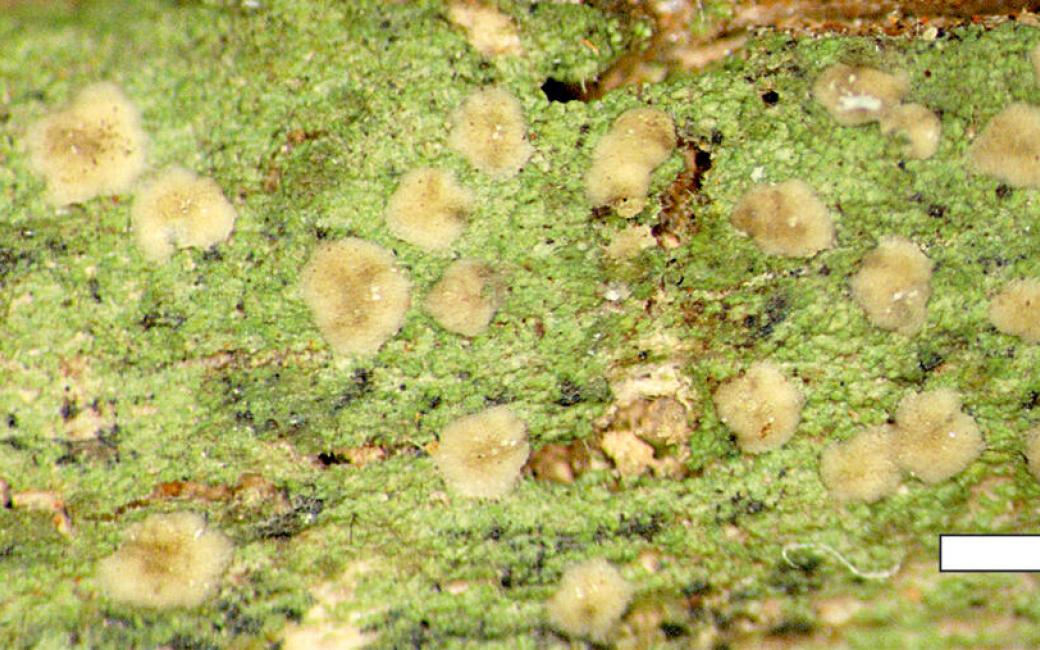
Micarea stellaris, a newly described lichen species
Courtesy of Annina Kantelinen
Sometimes researchers don’t just suspect there is a new species hiding somewhere, they know it for sure. The recently described Luciola singapura is a perfect example of that. An unidentified specimen was collected 12 years ago during a nationwide survey of fireflies in Singapore. Several years later, Wan F. A. Jusoh, one of the authors of the study, saw that the unknown firefly collected in 2009 matched three other unknown specimens in the collection of the Lee Kong Chian Natural History Museum in Singapore.
So, in 2018 and 2019, scientists arranged an expedition to the area where all unknown specimens had been collected. The expedition was successful, and they were able to find this "unknown" firefly. The Singapore firefly, or as it is known in Malay, kunang-kunang Singapura, is a very small firefly (less than 5 millimeters long). It is orange to yellowish-brown and at night emits flashes of yellow light. This species is the first new luminous firefly described in the country since 1909.
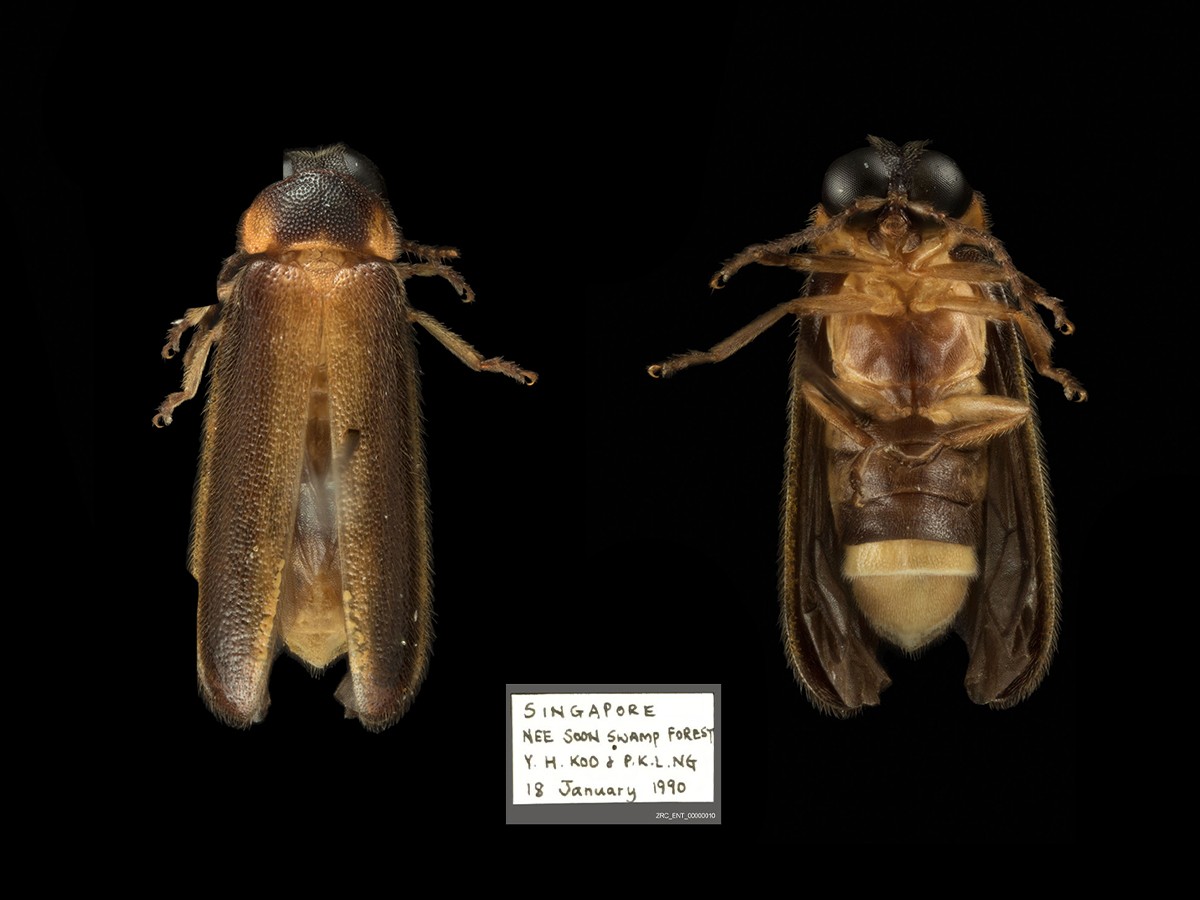
The Singapore firefly
Wan FA Jusoh et al 2021
Similarly, sometimes scientists know that there are potentially several new species under their noses yet to be properly described. This happens in what is known as "species complexes." In a species complex, a group of organisms are so closely related and similar in appearance that it is tough to separate them into distinct species.
This is the case with a group of Brazilian frogs called pumpkin toadlets. In the last five years, 15 different species have been described. In 2021, scientists got to add a new species to the list: Brachycephalus rotenbergae. In order to make sure the species was distinct and recognizable, researchers used a variety of methods to describe the toadlet. They used physical characteristics, DNA data, and the song the toadlet sings to ensure it is its own species and future researchers can distinguish it from all other pumpkin toadlets. Some of its distinguishing characteristics are its bright orange color and its call, which contains short notes and a fast rhythm.
Sometimes, even though scientists know that a species complex exists, they might not know much more than that. Science is nothing without data. And no data equals no new species descriptions.
That is the case for members of the "Bryde's whale complex." Scientists suspected this group of whales included different species but couldn't say for sure, due to a lack of genetic data and good research on the animals. Because of this lack of data, they took a conservative approach and considered the group of whales as a single species.
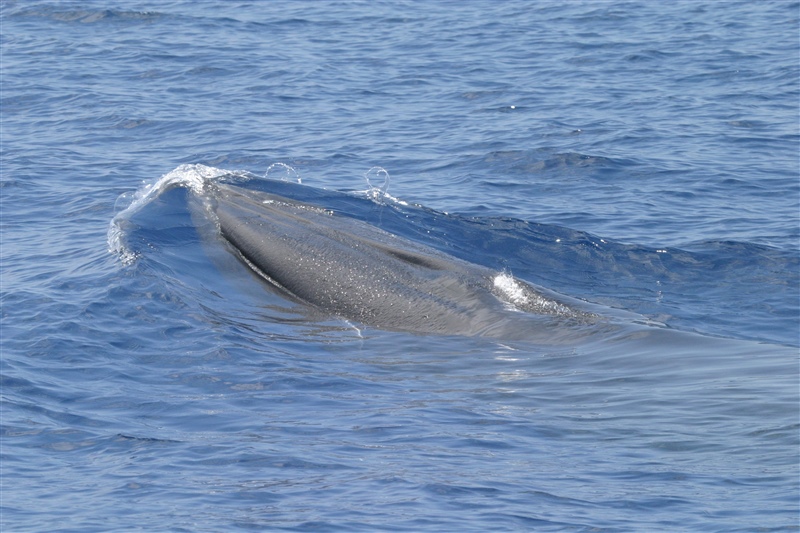
Rice's whale coming up to the surface for a breather
NOAA/Wayne Hoggard
But, in January 2019, a 12-meter long adult male whale became stranded and died in the Everglades. A large group of scientists and citizens were able to take measurements and samples. They also preserved the skull and the skeleton, an important step for species descriptions in whales. Thanks to all this data collected, scientists were able to say that this whale is indeed distinct from other Bryde-like whales. Rice's whale, or Balaenoptera ricei, is a medium-sized baleen whale that lives year-round in the Gulf of Mexico. Rice's whale was named after Dale W. Rice, a renowned American scientist and whale expert. The whales are critically endangered, due to the population’s small size and the many human disturbances that occur in their habitat.
On other occasions, what prevents scientists from disentangling species complexes is not the lack of data, but rather lack of appropriate methods. Even with the advent of DNA sequencing, sometimes the genetic differences are hard to spot. If the physical characteristics of the species in question are also difficult to disentangle, scientists are out of luck until they can find appropriate methods.
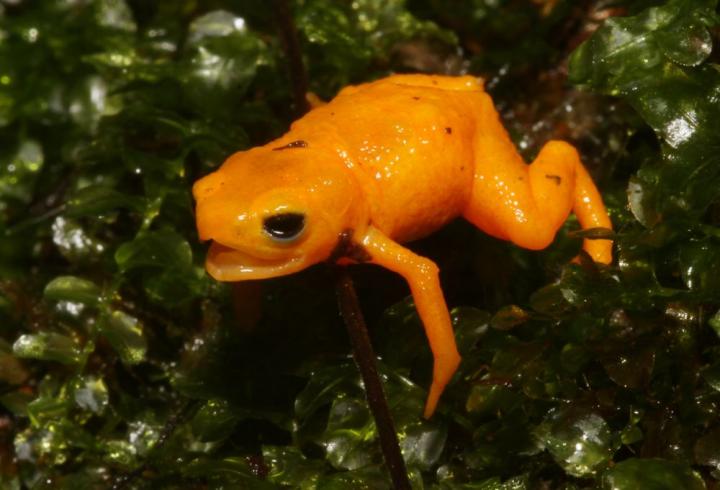
The fluorescent and poisonous pumpkin toadlet
Nunes et al, 2021, PLoS One
There is a widespread cuckoo wasp that ranges from Western Europe to Mongolia. A DNA analysis in 2014 revealed high variability in the species’ DNA, suggesting the cuckoo wasp may be made up of different species. But without easily distinguishable features in the DNA or in the wasps' physical appearances, there was no way to say definitively. Recently, a group of Scandinavian scientists identified hormones that insects have in their skin, called cuticular hydrocarbons, to help with species identification.
With their analysis in hand, scientists went back and studied a group of wasps that had the same type of hormonal profile. They were able to find small body differences in the females of that group and the rest of the wasps under the species complex of Chrysis pseudobrevitarsis. Without grouping of these wasps by their hormonal profiles, finding those minute differences would have been like finding a needle in a haystack. They called the new species C. parabrevitarsis (pictured at the top of the page).
Another way scientists sometimes find out about new species is by pure coincidence. When a scientist expert in one group of animals finds a species that doesn’t match anything else they have ever seen before, they know they may have found something very special. For example, during a survey to study deep fish ecology and the potential effects of human disturbances there, a group of researchers discovered a very large predatory fish.
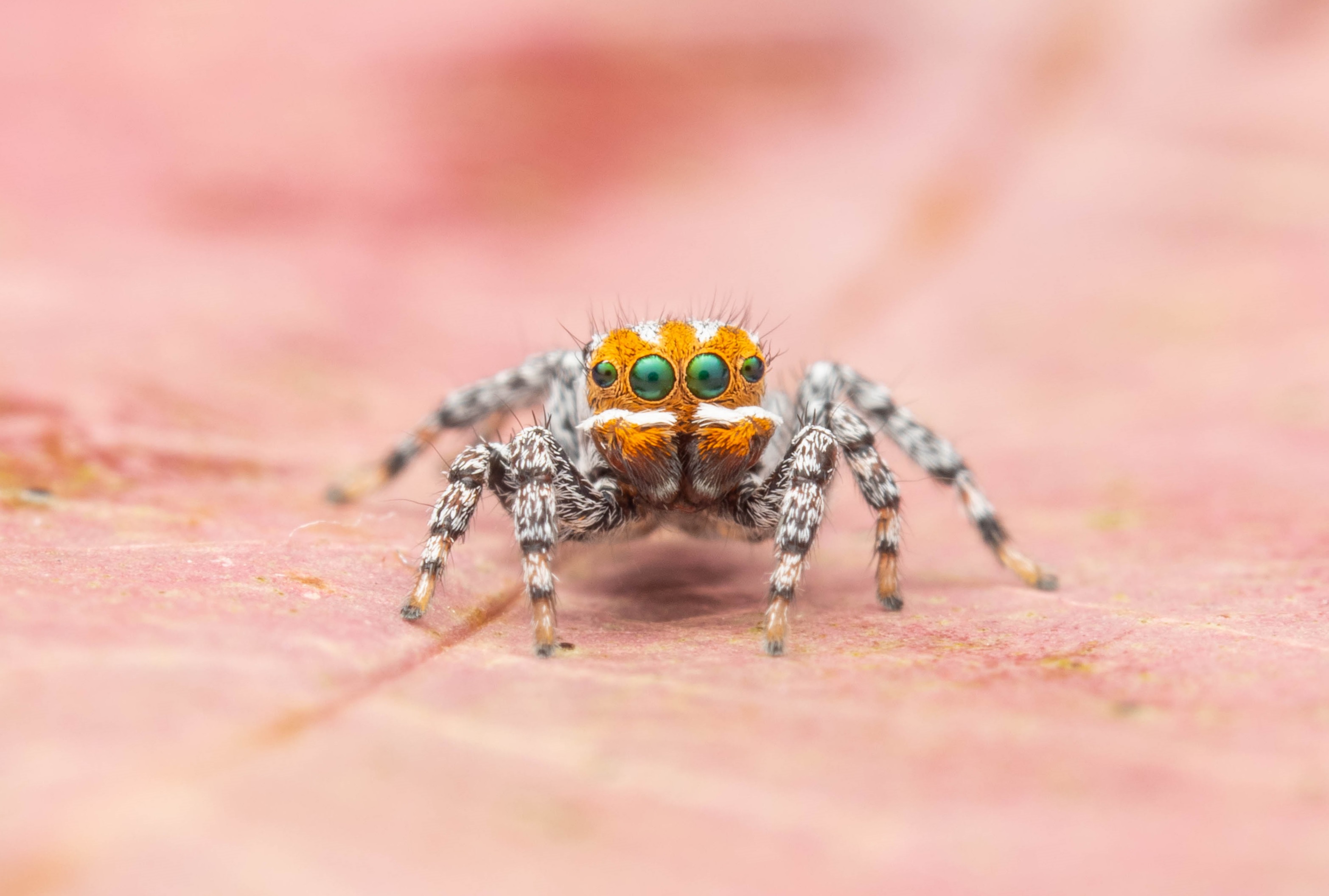
A peakcock spider, with green eyes and black-and-white striped legs
Joseph Schubert/Museums Victoria
Usually, slickhead fishes are small, around 35 centimeters. But the new species of slickhead has an average length of 113 cm.
Researchers analyzed the stomach contents of the novel fish and found that they were at the top of the trophic chain. Such a high position is normally found in predatory fishes like sharks; slickheads usually feed on zooplankton and are usually of a lower trophic position than other fishes in their environment. It's no wonder then why the researchers decided to name the species Yokozuna, after the highest sumo wrestling rank in Japan.
And finally: social media. With increased access to portable cameras and scientists, the public has the opportunity to potentially find something novel and unexpected. That was the case with Maratus nemo. Sheryl Holliday found a peacock spider in a South Australian wetland she did not recognize. She posted a picture of the spider on a Facebook peacock appreciation page. Joseph Schubert, an arachnologist, saw the pictures and got in contact with Sheryl.
Sheryl went back to the place she had seen the spiders and collected some, not a small feat considering the spiders are the size of a grain of rice. She sent them to Joseph Schubert, who was able to study them and determine that this was indeed a new species. He named it Maratus nemo due to the coloration of the males, who have a bright orange face with a white stripe.